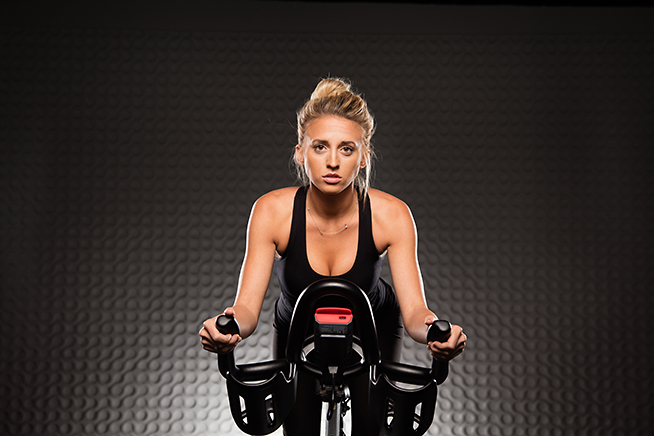
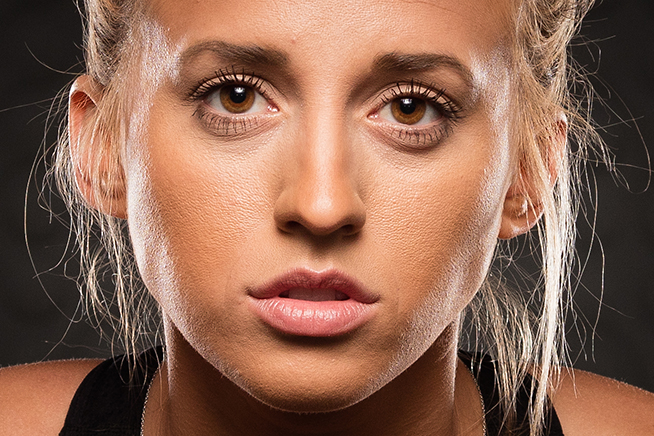
With the help of a generous friend at Canon, I was really excited to spend a few days last week shooting with a pre-production model of the highly anticipated, brand new Canon EOS 5DS camera. The 5DS is Canon’s newest camera, with a whopping 50MP sensor (8688 x 5792 pixels). Many Canon shooters have been on waiting lists for several months to get one of these in their hands.
For commercial photographers, landscape photographers, and others who grew up shooting medium format film (and more recently, RENTING crazy expensive medium format digital systems), this camera is the one we’ve been waiting for, and based on my very preliminary testing, it’s a game changer on the order of the EOS 1DS Mk II.
My initial impression of this new technological development can be summed up with this classic front page from the Onion. (This is a family photo blog, so you follow the link at your own risk).
A little bit of camera history: though many of my photojournalist friends were VERY EARLY adopters of digital camera technology (anyone remember the lovely Kodak NC 2000?), most of my sports magazine shooter brethren arrived late to the digital party. Although early digital was “good enough” for newspapers and wire services, magazines still needed and demanded, high resolution images for magazine spreads and covers.
My Sporting News colleagues and I made the switch to the first EOS-1D (4.15 MP!) camera in the Fall of 2003 for most of our action photos. We clung to our medium format film cameras for portraits though, and we were still hanging Hasselblads up as remote cameras in NBA arenas as late as 2005. The original EOS-1DS (11.1 MP) was an improvement over the regular 1D, but it was slow, and still produced a file that was not up to medium format Velvia scanned on a fantastic Hell drum scanner.
The BIG game changer for me (and most of my colleagues) was the Canon EOS-1DS Mk II. I began using this camera in 2005, and it clocked in at a pretty impressive 16.7 MP (4992 x 3328 pixels). That’s roughly an 11 x 16.5 inch photo at 300 PPI. For reference – at that time, we were making 50 MP drum scans of our Hasselblad chromes. I remember shooting a test and looking at two files, side by side on the same monitor, one shot on film, and one out of the EOS-1DS Mk II, and my colleagues and I quickly decided that this camera was the one to finally allow us to become an all-digital publication.
It wasn’t just The Sporting News, Sports Illustrated, and other magazines…..this camera changed things for just about every commercial photographer I knew. When this camera was released, the price of medium format gear dropped like the 1987 stock market crash. Waiting for Polaroids to develop became a completely unnecessary ancient photography ritual.
I went out on my own in 2006, and my EOS-1DS Mk II cameras were the cornerstone of my corporate and advertising photography business. Things quickly improved even more in 2007-8 when the EOS-1DS Mk III was announced. I sold my Mark II’s and upgraded to the new 21.1 MP chip (5616 x 3744 pixels).
I LOVED my DS bodies. I loved the professional grade finish, the weather sealing, the EOS-1 ergonomics and standardized controls, the robust build quality, and the 1/250 flash sync. When the 5D Mark II was released in 2008, I was impressed with the full HD video capabilities, but the actual still resolution was unchanged. I didn’t like the prosumer body form factor. I did not buy one.
Almost five years after the DS Mk III, Canon combined their EOS-1D lines (previously the high resolution, but slower DS and the lower resolution, but faster Mark IV) into one camera: the EOS-1DX. The 1DX is a fantastic camera: faster than hell autofocus, 12 FPS motor, great ergonomics, wonderful low light capability, and solid professional build quality….it’s awesome….BUT, wait a minute…..they went DOWN in resolution to 18.1 MP! (5184 x 3456px). A new 5D Mk III was also released, but with a disappointing 1MP upgrade over the previous 1DS Mk III. UGH! I eventually gave in and switched out my aging 1DS Mk III bodies for the extended dynamic range and higher ISO capabilities of the 5D3.
And there we’ve sat for the past 3 years. While Canon shooters were waiting, Nikon came out with the D800 (36 MP), and then the D810. Sony came out with their A7R (also 36 MP). I toyed with switching systems, but had a ton of money invested in Canon glass, and after testing the D800 with my Lightroom workflow, I decided that I actually preferred the color rendition of the Canon sensors better – particularly on skin tones. I also loved using the X bodies for faster moving objects, and since I use both types of cameras, I didn’t want to take another step backward in MP size since Nikon’s similar competitor to the 1DX was the D4 at an even lower 16 MP. (Again, different cameras are tools for different needs…if you are a photojournalist shooting in low light, the 1DX or D4 might be just the camera for your needs).
All of this said, please remember that pixel counting is mostly for photo gearheads. Your clients probably don’t notice a difference between photographs shot between 16, 18 or even 22 MP. It is nice, however, to have options, and the option to recompose and do a ridiculous crop from a wider frame is pretty useful at times.
There were a couple of times where an ad agency requested bigger, non-interpolated files, and we had to rent a Phase system. The quality can be absolutely amazing, but incorporating medium format into my average job workflow definitely requires a slower, more methodical way of working. Shutter lag was also an issue, and I had a really hard time timing shutter release delay on sports portrait images.
So after some frustration, I was excited when I began hearing rumors about Canon’s new high res baby. I was ecstatic when I finally got my hands on one in late May.

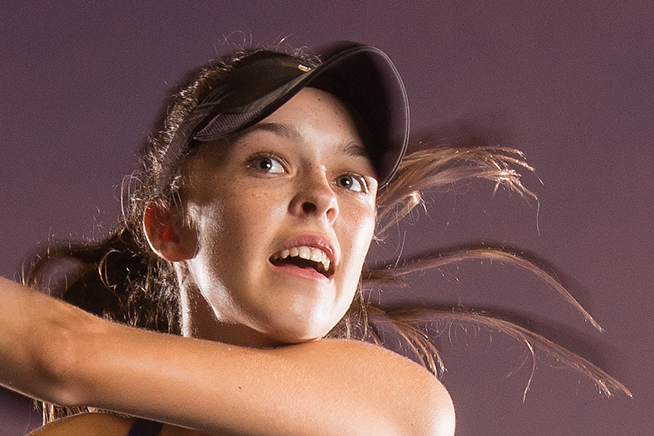
This won’t be a scientific review, you’ll have to go to DP Review or another site for that, but I wanted to convey a few first impressions. First, if you are an EOS 5D Mk III user, this will be a seamless transition for you. Unlike virtually EVERY new camera I’ve ever purchased, the physical size of the 5DS is relatively unchanged, which means the battery grip from the Mk III is the same! It uses the same batteries and charger! That’s great news, as I can just use the same grips I already own, keep plenty of extra batteries around, and I don’t have to buy new Really Right Stuff tripod plates. In reality, I’m told there were some physical changes made to the body – Canon strengthened the area around the baseplate and tripod screw to make the camera more stable. I’m just glad they designed it to accept the same grip and batteries.
Inside the camera, the menus are very similar, but there are a few new features, including one where you can set a slight shutter delay after mirror lockup to dampen any mirror vibration before the actual shutter release. This is very useful if you’re locking down the camera and shooting long exposures on a tripod. Since I shoot a lot of industrial facilities stopped all the way down with 20-30 second exposures, this is something I will definitely try. (My solution, prior to this was, to hold my hand or a black card in front of the lens at the beginning of the exposure).
The flash sync is 1/160, which is very disappointing (why is 1/250 so difficult?)…..my solution to this is to use hypersync and high speed sync more and start incorporating that feature into my location work with my Profoto lighting gear.
A long overdue feature is the incorporation of a USB 3.0 port, which will be a huge help during tethered shooting. The Nikon D800/D810 have had this feature for some time.
Other than that, the 5DS and 5D Mk III are very similar, I went right to work with it without as much as reading the manual. I’ve warmed up somewhat to the 5D form factor with the grip (it still doesn’t feel quite as good as the 1DX), and I sometimes get irritated that critical buttons are in different locations than they are on the 1DX series cameras (like the button to light up the LCD display for example). For 50 MP at 3700 bucks, I’ll make that trade off gladly, but I will still hold out hope that the DX series continues in higher resolution form at some point.
It’s not exactly scientific to show you resolution testing results on a (decidedly low resolution) blog. However, I am here to tell you that this is a transformative development that we haven’t seen since that EOS-1DS Mk II. I purposely made some very loose compositions during my week with the camera, just to see what it would do, and the 200, 300, and even 400 % crops are just stunning. I’ve included some samples, but like I said, it’s hard to compare skin texture and noise from my 30” monitor to your mobile phone screen. To become a true believer, you’ll have to try it out for yourself.
This will not be my high-ISO camera, so I didn’t even test those features….everything I shot was between 50 and 250 ISO, most of it portraiture with studio strobe, and it is fantastic at those ISO’s. If I need to shoot low light, high ISO photos, I’ll use the 1DX.
Some people have asked, if Canon’s 35mm lens designs will still hold up at 50MP of resolution. Resolution that high will certainly magnify any design flaws in your glass. Again, these are first impressions, with a pre-production camera, but I feel like the results were good with my workhorse lenses: the 24-105/4L, and the latest version of the 70-200/2.8. I didn’t have time to test every lens in my bag. I know that Canon has been steadily redesigning most of the lenses in their arsenal over the last few years with higher resolution sensors in mind.
I had no issues with filling the buffer, but I was shooting the way I usually do….portrait subjects with strobe, so I was not motor-driving like a typical sports photographer. Again, there are different tools for different jobs, and if you want to motor drive all day, you’re better served getting a 1DX.
I don’t do a ton of video, and I didn’t really test the video capabilities of the 5DS, but with the new addition of the USB 3.0 port there is now no room on the camera for a headphone jack. Those of you who are full time video shooters will want to hang on to your 5D Mk III cameras for now.
Another big question: 5DS or 5DSR? There are two models of this camera available. The normal 5DS , just like every Canon digital camera we’ve discussed, has a built in anti-aliasing filter in front of the sensor. The R has a “self cancelling” optical low pass filter. This is the same thing Nikon did by releasing two versions of the D800. Anti-aliasing filters on the sensor inherently soften the image, but also prevent moiré patterns in things like football uniforms, herringbone suit fabrics, etc. If you shoot landscape images you might prefer the R version, as there is little chance of getting moiré patterns in that type of work. I was not able to test the two cameras against each other, so I reserve the right to change my mind, but I was pleased with the sharpness of the regular 5DS using my regular workflow, which adds a nominal amount of capture sharpening in Lightroom. I ordered the regular 5DS for now.
I’ve heard a fair amount of moaning on the internet about the “lack” of dynamic range in the 5DS. During my brief time with the camera, I had no issues, and at the risk of sounding like “HEY, you kids get off my lawn” – does anyone remember shooting Kodachrome? How much latitude did we have then, like maybe 1/3-1/2 stop? How about medium format Velvia? It was a little better, but still required critical exposure skills. There are times in the past where I’ve wished I had more range….like a portrait with a blown out sweaty forehead hotspot, or an aerial at sunset that would call for a split neutral density filter back in the old days. Honestly though, I’m pretty amazed at what we can do now with these sensors, and the amount of control I have in Lightroom with highlight/shadow sliders is nothing short of amazing.
I’m sure that the higher bit depth of a five figure medium format system results in higher dynamic range – there’s no doubt…but, keep in mind that this is a 3700.00 camera, versus a 20-50K camera, and it’s doing something amazing that’s never been done before at that price. Sometimes it’s like hearing someone comparing the relative shortcomings of Gisele Bundchen to Alessandra Ambrosio…..when they are both supermodels! Keep things in perspective folks.
I just got word as I’m typing this that my wait-listed camera is in a Fed-X box, on the way to the studio, so I’ll definitely be reading the manual and checking out and utilizing some of the new features, but for now, I’m just blown away by the increase in resolution. This camera is a game changer.
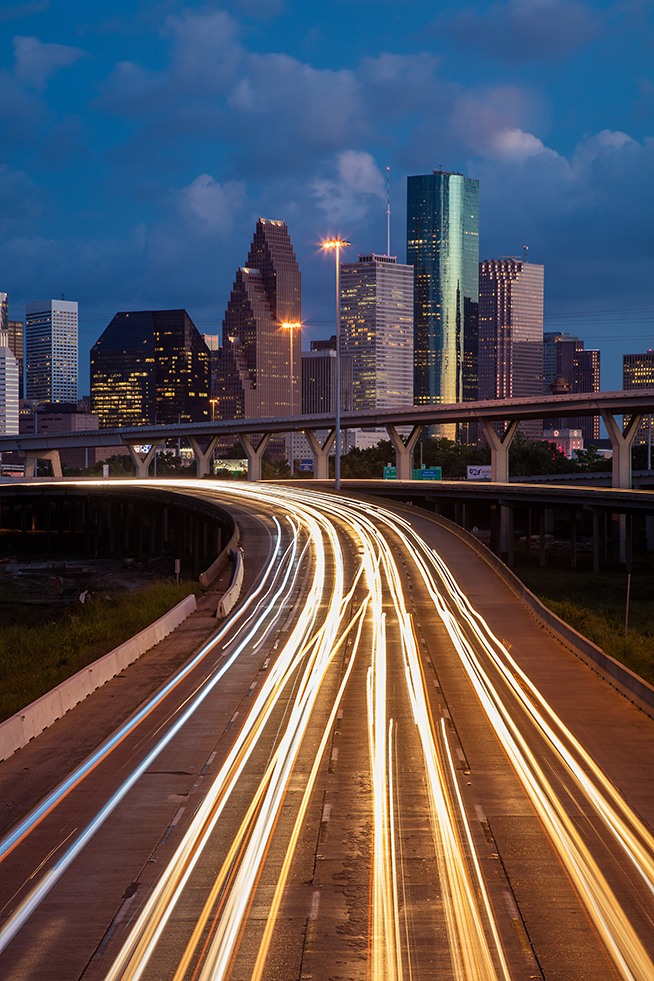
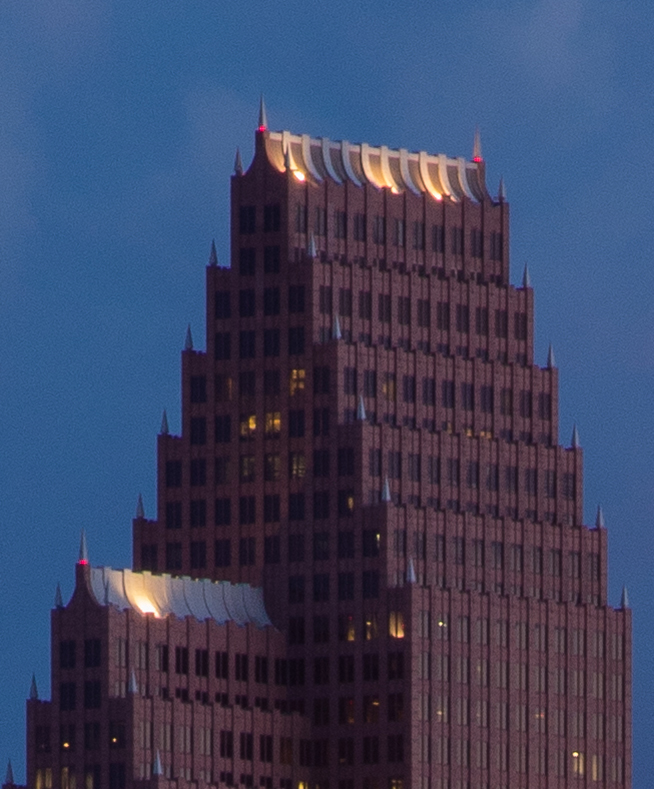
(All photographs on this blog are © 2015 Robert Seale/All rights reserved).

1 thought on “First impressions with the 50 MP Canon EOS 5DS”
Comments are closed.